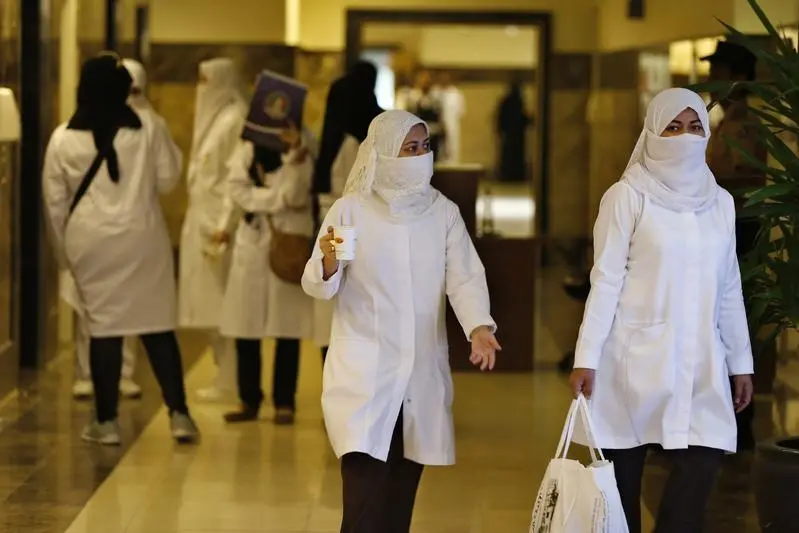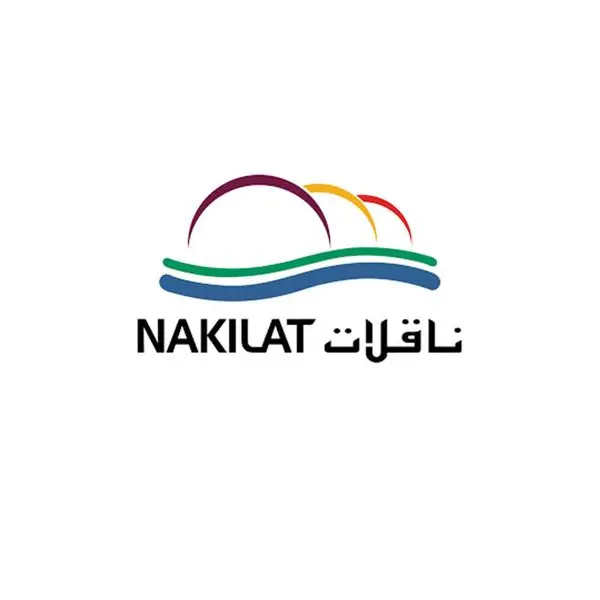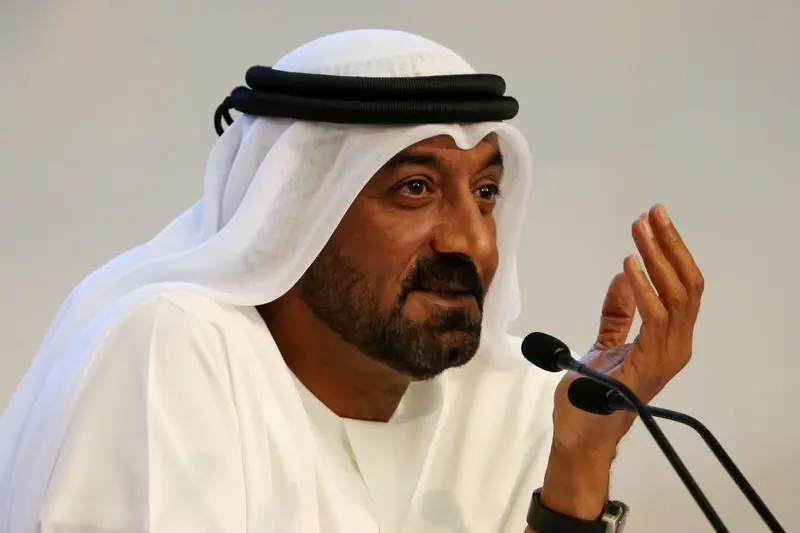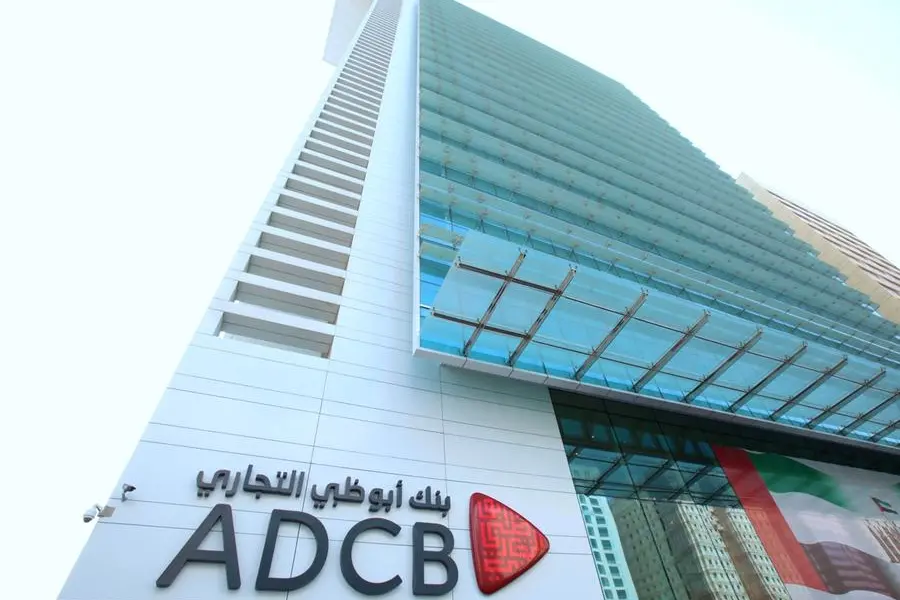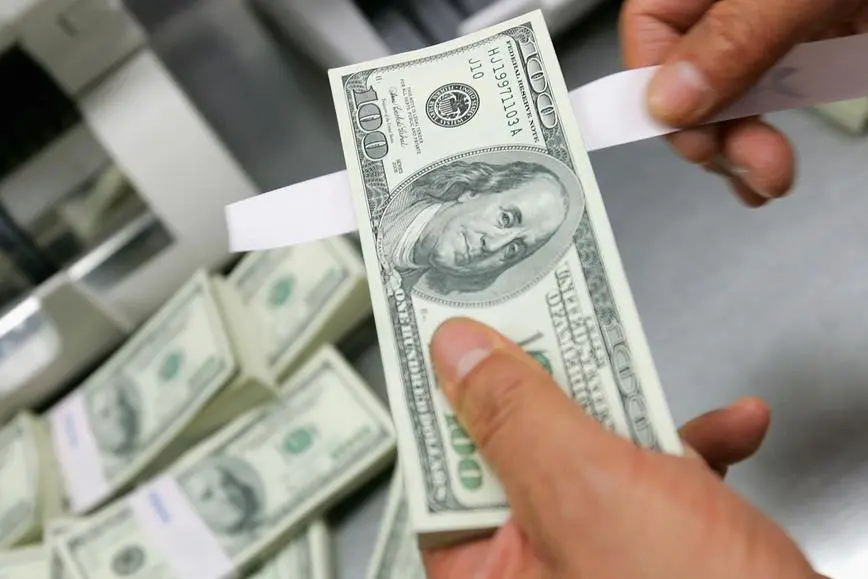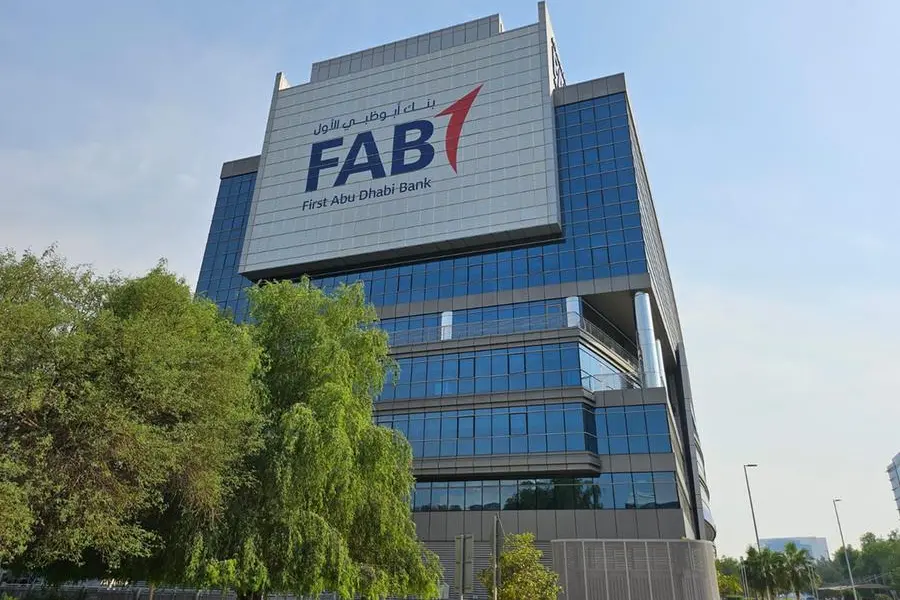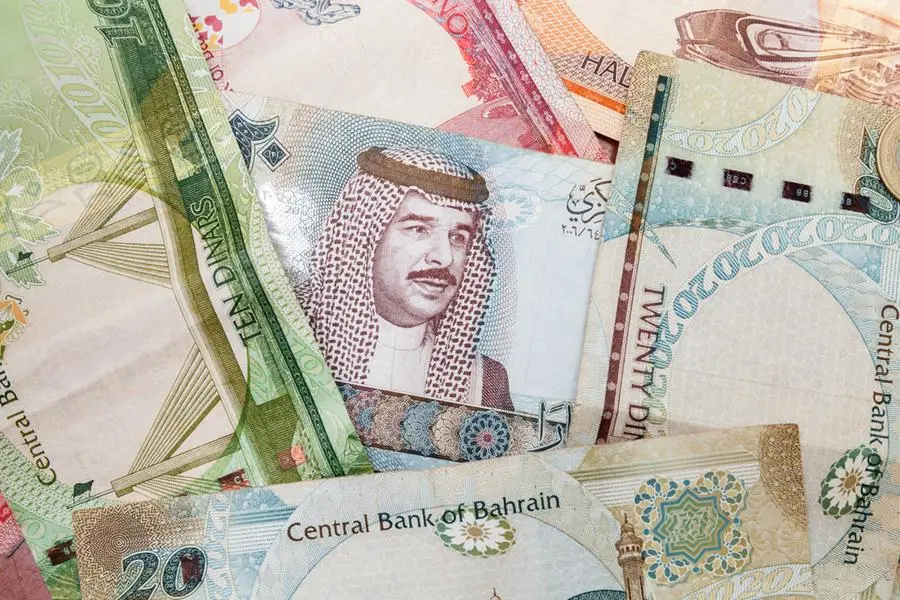PHOTO
Image used for illustrative purpose Nurses walk in the emergency department at Al-Noor Specialist Hospital in Mecca .
The COVID-19 pandemic has highlighted the large gap in Saudi Arabia between available facilities and the potential needs of a rapidly growing population. The Saudi Ministry of Health has launched several public–private partnership (PPP) initiatives in line with its National Transformation Programme, seeking to expand and improve the country’s healthcare sector through foreign and domestic private investment.
In 2017, the Saudi Arabian General Investment Authority (SAGIA) provided for 100 percent ownership to foreign investors in the healthcare sector. In 2020, the government also made a budgetary allocation of SAR 167 billion toward the privatization of 295 hospitals by 2030, improvement of medical education and digitization of patient records.
“The government is keen to invest in and improve policies related to the sector, strengthening the legal and regulatory framework that would make it attractive for investors,” Makarem Sobhi Batterjee, President, Saudi German Hospitals Group, told Zawya.
Investors have been responsive, for the projected profitability in the sector is high. There has been a spate of new projects and partnerships in recent months associated with hospitals run by the Ministry of Health, other government hospitals and private operators. Healthcare institutions specializing in areas such as diabetes and extended care are also witnessing higher investor interest.
According to Colliers International, the expected investment in the Saudi healthcare sector till 2030, largely from the private sector, will be between $16.2 billion and $26.3 billion.
“Presently, Colliers is working with Saudi investors to bring in two international operators to set up a 200-bed tertiary care hospital and one rehabilitation hospital in the Kingdom. The total expected investment for these two projects will be around SAR 1 billion,” Mansoor Ahmed, Director, MENA Region, at Colliers International told Zawya.
“While the deal values vary depending on the magnitude of the project, I would definitely say that investors are looking at [an internal rate of return] of between 15 and 20 percent,” said Daniel Royle, Partner at Clifford Chance. “It is a very profitable sector.”
Opportunities abound in most healthcare segments, but diabetes treatment and extended care are especially prominent. “The Kingdom has one of the highest prevalence of lifestyle diseases in the world, with 18.5 percent of the population over 20 years suffering from diabetes, 35 percent from obesity and over 23 percent suffer from hypertension,” said Ahmed.
Ahmed also noted that daycare surgical centers and cosmetic and wellness clinics offer higher returns than tertiary care hospitals or rehabilitation, but the volumes are higher in the latter. According to Batterjee, wellness, cosmetics, and medical tourism are gaining popularity.
According to Sandeep Sinha, Head of Healthcare, MENA at JLL, investors need to have a very strong operating partner (hospital group) and an asset light model with a property company in a good location with clear clinical service mix, positioning of customer segment, and implementation of revenue cycle management for better cash flow.
“Single specialty formats and asset light models (rental model for hospitals) will see a decent growth. There is huge demand in extended care (LTC, rehab and home care), urgent care, wellness, mother and childcare, and primary care segments in KSA,” he told Zawya.
POTENTIAL CHALLENGES AND RISKS FOR INVESTORS
One of the key challenges to entry is the high funding requirement, and investors, both local and foreign, often struggle to secure the necessary finance without alternative cash flows.
“Despite the fact that banks and other financial institutions actively seek investments within its healthcare sector, they often limit their exposure by only servicing known market participants with proven track records,” said Mansoor.
Royle also noted that, in the deals he has worked on, foreign investors preferred to form joint ventures with established local businesses with experience in healthcare.
Another key potential risk is the availability of human capital. “Without qualified and specialized human resources, even the best medical facilities with the most advanced medical equipment are not enough,” said Mansoor. “By 2030, there will be an additional demand for 31,000 doctors, 66,000 nurses, 5,000 pharmacists and 45,000 allied health professionals.”
Delayed payments of government receivables are another potential risk for healthcare companies. Companies that have significant exposure to the government and government-related entities sometimes carry receivables on their books for years.
(Reporting by Brinda Darasha. Editing by Seban Scaria)
#INVESTMENT #SAUDI #HEALTHCARE #COVID19
Disclaimer: This article is provided for informational purposes only. The content does not provide tax, legal or investment advice or opinion regarding the suitability, value or profitability of any particular security, portfolio or investment strategy. Read our full disclaimer policy here.
© ZAWYA 2020
